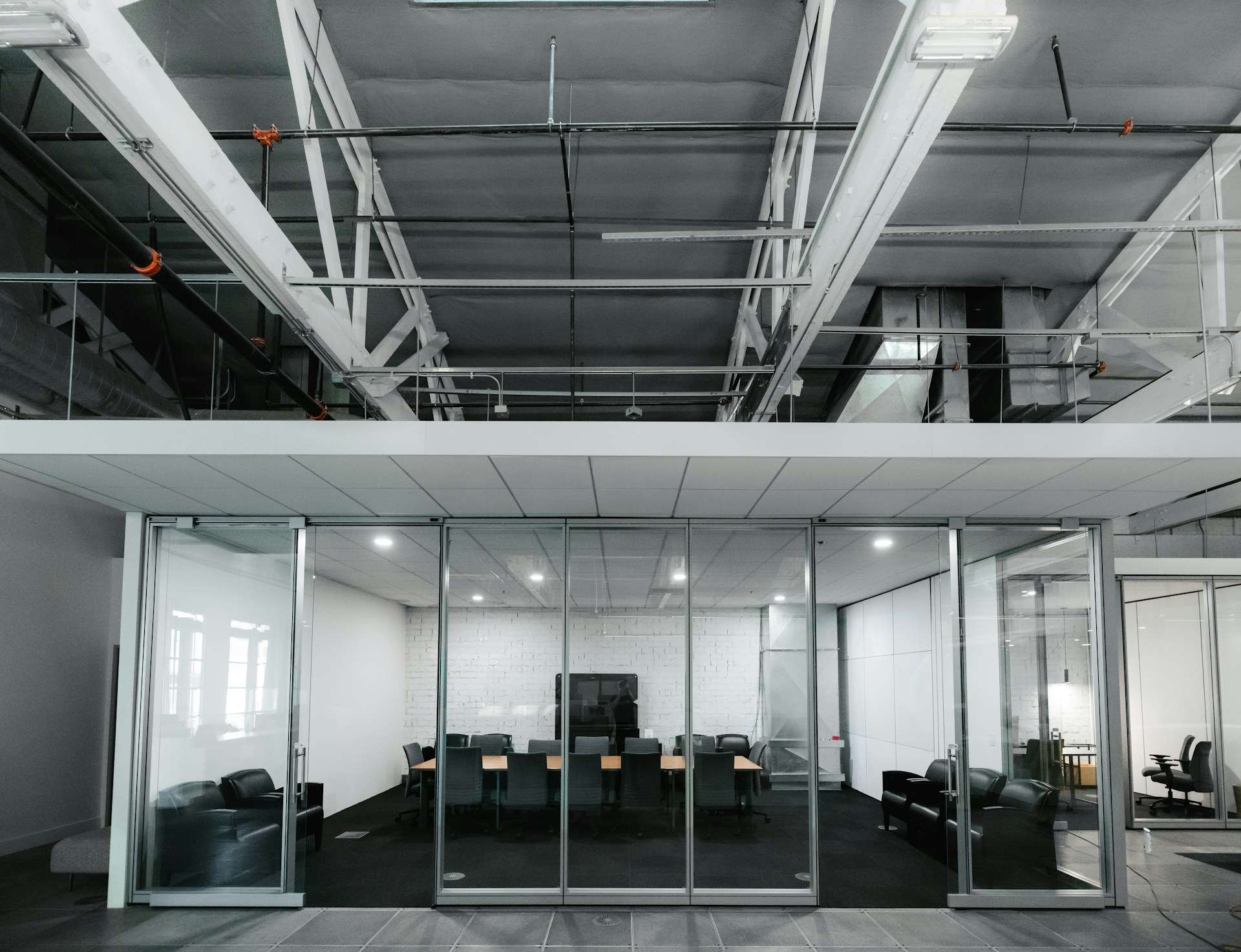Ultra-wealthy families are quietly reshaping the investment landscape, redirecting billions towards private credit and real estate as economic uncertainty deepens. The shift marks a retreat from volatile equity markets and venture capital bets that once promised high returns but now carry disproportionate risk. Instead, stability, income, and tangible value are taking centre stage, signalling a renewed appreciation for asset classes that offer both resilience and predictable yields.
This transition is most visible within family offices, where portfolios are being recalibrated to balance growth with protection. Real estate, in particular, has emerged as a preferred choice, with industrial and residential properties leading allocations. Warehouses, logistics hubs, and multifamily housing are viewed as defensive assets – offering steady rental streams and a hedge against inflation. Simultaneously, private credit has gained favour as higher interest rates enhance returns for lenders willing to navigate the complex lending landscape.
The allure of property lies not just in its stability but in its adaptability to macroeconomic shifts. The surge in e-commerce has intensified demand for storage and fulfilment spaces, while housing shortages across urban centres continue to drive rental growth. These trends align perfectly with the risk-averse strategies of high-net-worth investors seeking consistent, long-term performance.
What makes this evolution significant is how family offices are adopting an institutional mindset while retaining private flexibility. Their strategies are becoming more data-driven, liquidity-conscious, and globally diversified. Yet, unlike traditional institutional investors, family offices have the agility to move quickly – capitalising on market dislocations or undervalued property segments before mainstream capital catches on.
For financial professionals and real estate managers, this moment presents both a challenge and an opportunity. The challenge lies in meeting heightened expectations for transparency and performance; the opportunity is in tailoring investment products that deliver dependable income and align with the conservative sophistication of this wealth segment. In a world defined by volatility, the quiet migration of capital towards real estate and credit underscores one truth: stability, once underrated, is now the ultimate luxury.


